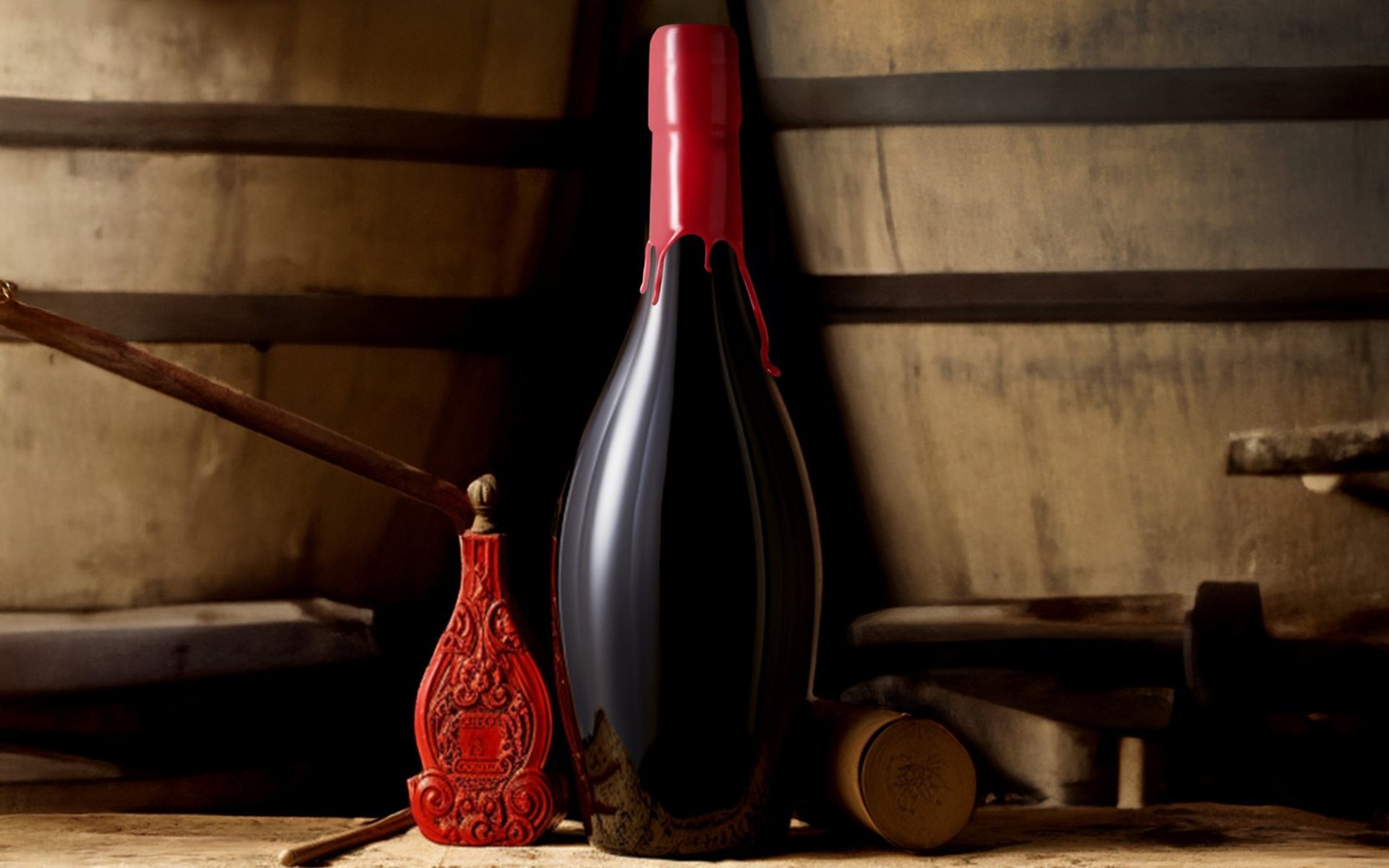Wax Sealed Bottle

Throughout history, humanity has utilized various techniques for preserving beverages. Among the oldest, most enchanting, and luxurious methods is sealing bottles with wax. This technique is not only visually appealing but also a symbol of tradition, craftsmanship, and art that has been passed down through generations, reflecting meticulous attention to detail and the significance of the contents within.
Origins in Ancient Civilizations: Preservation and Credibility
The origins of using wax to seal bottles can be traced back to ancient civilizations. Early records indicate that this technique was employed by the Ancient Egyptians, Greeks, and Romans, who commonly used wax to seal containers holding valuable liquids such as wine, oil, or even herbs. This practice was essential for preventing evaporation, leakage, external contamination, or tamperingall crucial aspects in trade and consumption.
However, this form of sealing served not only the purpose of preserving beverages but also functioned as a way to stamp the symbols or marks of noble families and aristocratic institutions. This indicated ownership, trustworthiness, or to denote the origin and quality of the goods. In these early periods, sealing wax was typically made from a mixture of beeswax and tree resin, predominantly in red, a color that appeared striking and conveyed importance and luxury.
Widespread Adoption in the Middle Ages and Renaissance: Evolution for Quality and Branding
By the 13th century, the use of wax seals on bottles became more widespread in monasteries and various guilds. During this era, monasteries were primary centers for beer and wine production. Monks began to adopt this technique for preserving beverages, as wine was stored in cellars, which were prone to dust, humidity, and other interfering factors that could affect wine quality. Therefore, wax sealing was the closest equivalent to a vacuum seal achievable at the time, effectively preserving the quality and flavor of the beverages for longer periods.
Later, during the European Middle Ages, sealing bottles with wax gained widespread popularity among the general populace. European wine merchants, in particular, frequently employed this technique to categorize wines, verify their origins and quality, and establish credibility for their products. A wax seal on a wine bottle indicated that the wine had been well-cared for and was authentic. This practice laid the groundwork for modern concepts of labeling and branding, emphasizing product identity and reliability.
In the Renaissance, wax played a significant role not only in sealing bottles but also in sealing letters and official documents. It was commonly used to symbolize that a letter was important, confidential, and untampered. This was particularly favored by officials and nobility who would impress their family crests or personal symbols onto the wax, thereby authenticating the document and preventing unauthorized opening.
Change and Revival of Wax Seals in the Modern Era: Enduring Charm
Over time, sealing bottles with wax became a widely accepted tradition in many regions, commonly applied to various containers, from wine and liquor bottles to even perfume bottles. This enhanced their charm, luxury, and gave a special feel to the product, making consumers appreciate the unique craftsmanship behind them.
However, in the 19th century, with the emergence of more modern and efficient sealing techniques, such as screw caps or improved corks, the use of wax for sealing bottles gradually became obsolete and less common in commercial settings due to its complexity and higher cost. Nevertheless, despite its reduced prevalence, these techniques have gained increasing value. Today, they are primarily found on premium or limited-edition wine and spirit bottles that aim to convey quality, craftsmanship, tradition, and an unparalleled sense of exclusivity.
Today, bottles sealed with wax and embossed with a brand's emblem have become collectibles for enthusiasts of aged wines or special beverages. Beyond wine bottles, modern artisans also apply this technique to add a touch of luxury and vintage appeal to various products, from high-end perfumes to exquisite wedding invitations and handmade gifts. This ensures that the art of wax bottle sealing remains a renowned craft, cherished by those who wish to add a special touch and create an unforgettable impression.


